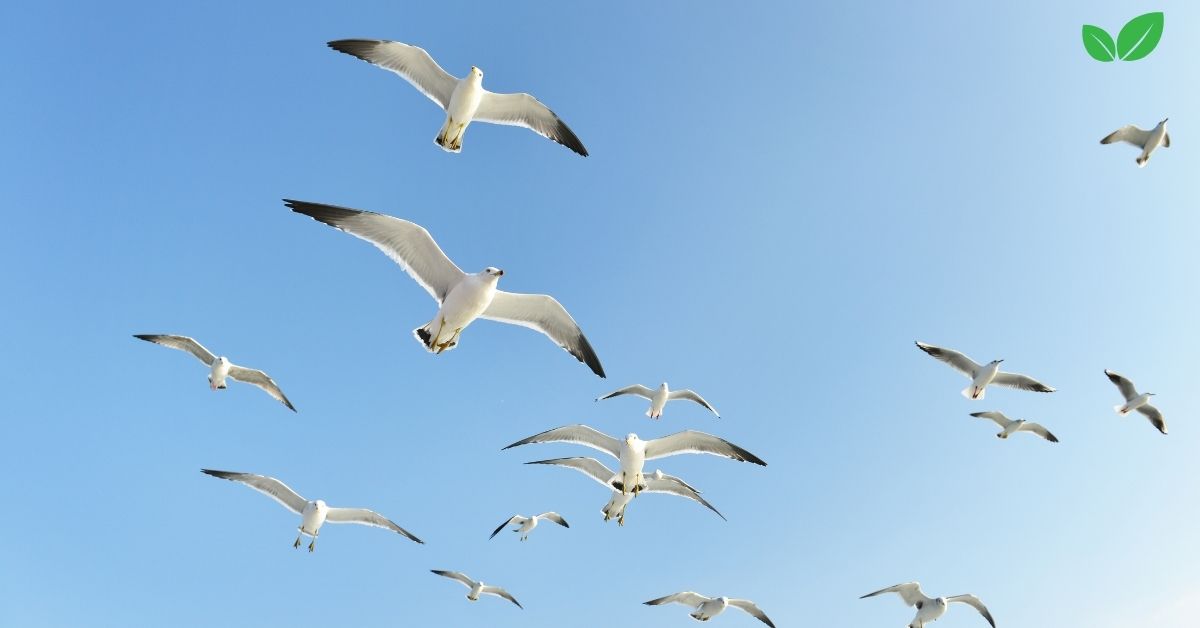Introduction to Seagulls
Seagulls, often simply referred to as “gulls,” are one of the most widely recognized bird species around the world. These medium to large seabirds, belonging to the family Laridae, are commonly found along coastlines, rivers, and even in urban environments. Their adaptability, intelligence, and opportunistic feeding habits have made them highly successful in a variety of ecosystems. While often associated with beaches and oceans, seagulls have carved out a niche in many different environments, from inland lakes to bustling cities.
Seagulls are often misunderstood due to their scavenging behavior and presence in human-populated areas. However, they play a critical ecological role in maintaining the health of coastal ecosystems, where they help control populations of marine organisms and participate in nutrient cycling. Despite their ubiquity, they face a number of challenges, including habitat loss, pollution, and human-wildlife conflict. Understanding the environmental niche of seagulls and their ecological significance is crucial for protecting both these birds and the ecosystems they inhabit.
In this article, we will explore the biology of seagulls, their role in various ecosystems, the environmental pressures they face, and ongoing conservation efforts. By looking beyond their common image, we can appreciate the importance of seagulls in the environment and the need for their conservation.
Species Overview: The Diversity of Seagulls
The term “seagull” refers to a variety of species within the family Laridae. While there are over 50 species of gulls worldwide, they all share common characteristics such as long wings, webbed feet, and a strong, hooked bill. The most commonly known species include the Herring Gull (Larus argentatus), the Ring-billed Gull (Larus delawarensis), and the Great Black-backed Gull (Larus marinus), though there are many other species with unique behaviors and habitat preferences.
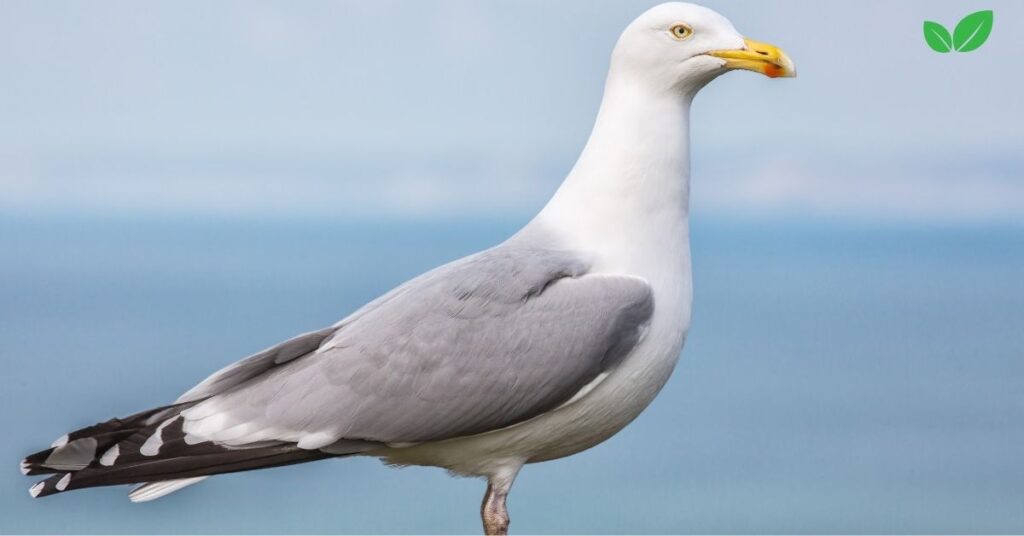
Herring Gull
One of the most widespread species, the Herring Gull is found across the Northern Hemisphere and is often the bird people associate with coastal areas. These gulls have light gray backs, white underparts, and yellow bills with a red spot. Known for their loud, raucous calls and aggressive scavenging behavior, Herring Gulls are commonly seen in harbors, beaches, and urban areas.
Ring-billed Gull
The Ring-billed Gull is smaller than the Herring Gull and is easily identified by the black ring around its yellow bill. This species is particularly common in North America, often seen near freshwater lakes and rivers as well as coastal regions. Ring-billed Gulls are highly adaptable and frequently inhabit areas near human populations, including parking lots, landfills, and parks.
Great Black-backed Gull
The largest species of seagull, the Great Black-backed Gull, is a formidable predator with a powerful build and dark gray to black back and wings. Found mainly along the coasts of the North Atlantic, this gull is known for its aggressive hunting behavior and will prey on smaller birds and marine life. Despite its size, it also scavenges and exploits food sources provided by human activity.
The Environmental Niche of Seagulls
They occupy a versatile environmental niche that allows them to thrive in diverse ecosystems, including marine, freshwater, and urban environments. Their adaptability to different habitats and their omnivorous diet make them one of the most successful bird species. However, their role in ecosystems goes beyond their opportunistic feeding behavior.
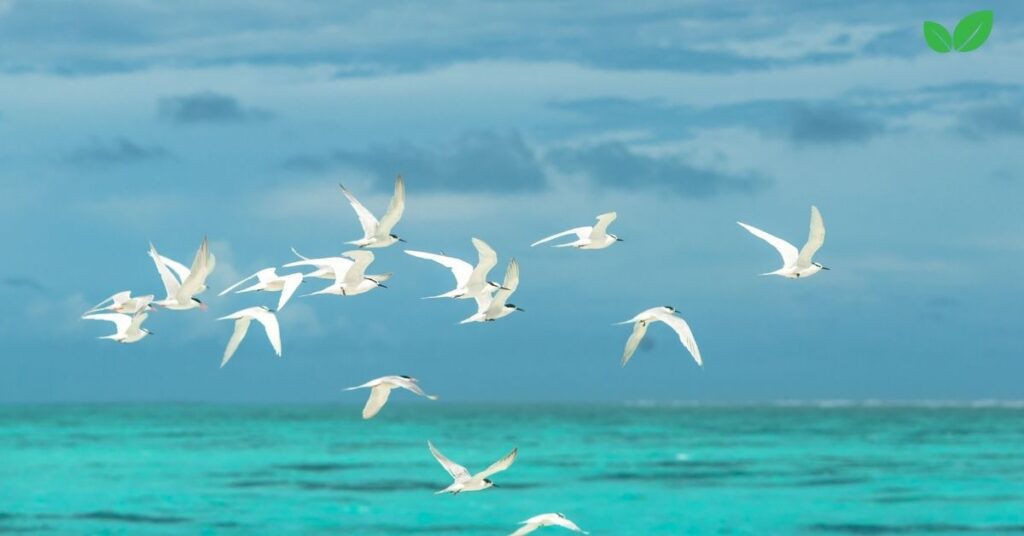
Coastal Habitats
They are most commonly associated with coastal habitats, where they play an important role in the marine ecosystem. Along shorelines, seagulls are both predators and scavengers. They feed on a wide range of marine organisms, including fish, crustaceans, mollusks, and marine invertebrates. By consuming these species, seagulls help regulate populations of marine life and maintain balance in the food web.
They also play a key role in nutrient cycling within coastal ecosystems. By feeding on fish and other marine organisms, they transfer nutrients from the ocean to land through their droppings, which act as natural fertilizers for coastal plants. This process helps support vegetation growth, which in turn provides habitat for other wildlife.
In addition to their feeding activities, They contribute to the health of coastal ecosystems by scavenging dead animals and organic matter. By cleaning up carcasses and other debris, seagulls help reduce the spread of disease and maintain a clean environment. Their role as scavengers is particularly important in coastal areas where large marine mammals, such as seals and whales, may wash ashore and decompose.
Inland Habitats
While seagulls are often associated with coastal regions, many species are equally at home in inland habitats, including freshwater lakes, rivers, and wetlands. In these environments, seagulls feed on fish, insects, amphibians, and even small mammals. Their ability to exploit a variety of food sources allows them to thrive in diverse ecosystems.
Inland seagulls, such as the Ring-billed Gull, often rely on agricultural fields, garbage dumps, and landfills for food. Their scavenging behavior helps remove waste and organic matter from the environment, reducing the risk of pollution and disease outbreaks. However, this behavior can also lead to conflicts with humans, especially in urban and agricultural areas where seagulls are seen as pests.
Seagulls’ presence in inland habitats also highlights their remarkable adaptability. They are capable of traveling long distances in search of food and will often migrate between coastal and inland areas depending on seasonal changes and food availability. This mobility allows them to exploit different environments and avoid competition with other bird species.
Urban Environments
They have become increasingly common in urban environments, where they have adapted to human activity and the availability of food. Cities provide seagulls with abundant food sources, including discarded food, waste from landfills, and fish from urban waterways. In urban areas, seagulls have been observed nesting on rooftops, bridges, and other man-made structures, where they are relatively safe from predators.
While these birds in cities often face fewer natural threats, their interactions with humans can lead to conflicts. Urban seagulls are known for their boldness and can become aggressive when scavenging for food, especially in tourist areas. They may also be considered nuisances due to their loud calls, droppings, and tendency to raid trash bins.
Despite these challenges, they play an important role in urban ecosystems. As scavengers, they help clean up waste and organic matter, reducing the spread of disease and controlling the population of pests such as rats and insects. Their presence in cities also highlights the ability of wildlife to adapt to rapidly changing environments, and understanding their behavior can provide insights into urban ecology.
Feeding Behavior and Diet of Seagulls
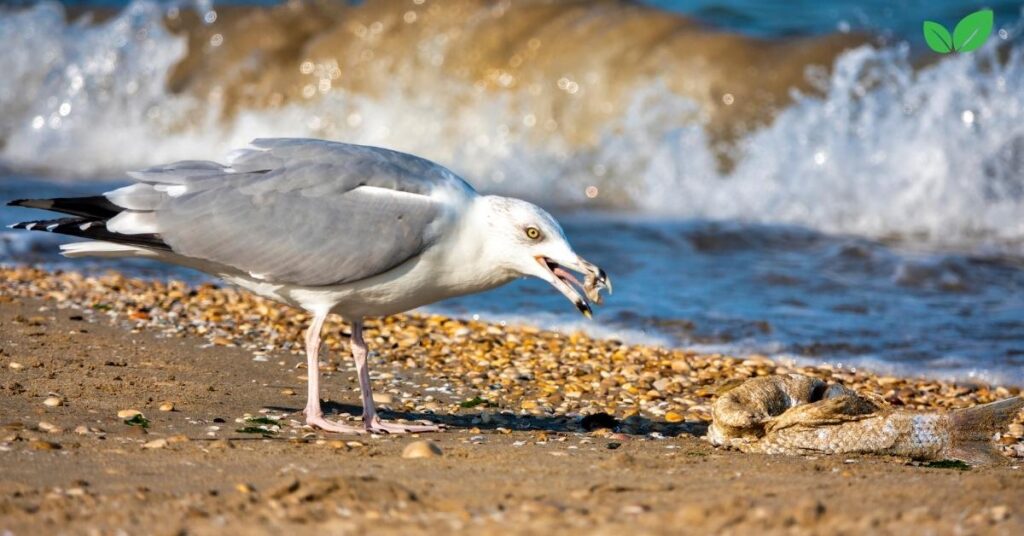
Opportunistic Feeding Strategies
One of the key reasons for seagulls’ success in a variety of environments is their highly adaptable and opportunistic feeding behavior. Seagulls are omnivores, meaning they eat both plant and animal matter, and they are known to consume almost anything that is available. This flexibility allows them to survive in ecosystems where food availability may fluctuate dramatically.
In coastal areas, they primarily feed on fish, crustaceans, and other marine life. They are skilled hunters and use a variety of techniques to catch prey, including diving into the water, snatching fish from the surface, and scavenging from other animals. In addition to hunting live prey, seagulls are also scavengers, feeding on dead fish, marine mammals, and discarded human food.
In urban and inland environments, they often rely on human-related food sources, such as garbage, food scraps, and agricultural waste. They are commonly seen foraging in landfills, parks, and beaches where food is readily available. This behavior can lead to conflicts with humans, particularly in areas where seagulls are considered pests due to their scavenging habits.
Specialized Feeding Techniques
They have developed several specialized feeding techniques that allow them to exploit a wide range of food sources. One notable behavior is “kleptoparasitism,” where seagulls steal food from other birds and animals. For example, seagulls are known to snatch fish from other seabirds, such as terns and pelicans, often waiting for their prey to make a catch before swooping in to steal the food.
Another feeding strategy used by them is “foot paddling,” a behavior in which the gull stamps its feet on the ground or in shallow water to imitate the movement of prey, such as worms or small fish. This behavior can trick prey into emerging from hiding, making it easier for the gull to catch them.
They are also known for their problem-solving abilities. In urban areas, they have been observed using innovative techniques to access food, such as dropping shellfish onto hard surfaces to crack them open or learning to open trash bins to access discarded food. These behaviors demonstrate the intelligence and adaptability of seagulls in various environments.
The Ecological Significance of Seagulls
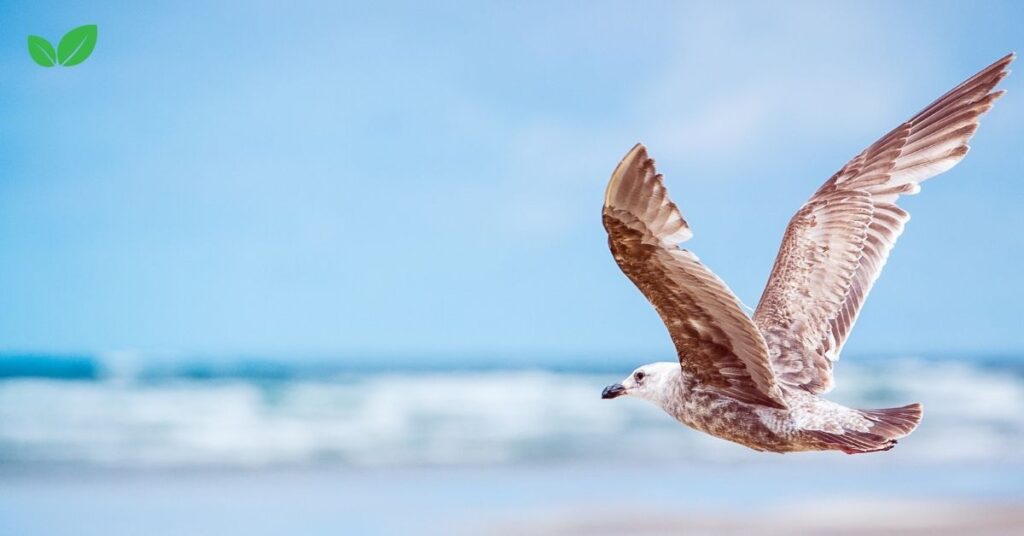
Role in Coastal and Marine Ecosystems
In coastal and marine ecosystems, seagulls play a critical role as both predators and scavengers. Their feeding activities help regulate populations of fish, crustaceans, and other marine organisms, preventing overpopulation and ensuring a balanced ecosystem. By scavenging dead animals and organic matter, seagulls also contribute to nutrient cycling and help maintain the cleanliness of beaches and shorelines.
They are an integral part of the marine food web. As mid-level predators, they serve as prey for larger animals, such as eagles, owls, and marine mammals, while also helping control populations of smaller marine organisms. This interconnectedness makes seagulls a key component of healthy coastal ecosystems.
Seagulls also play a role in seed dispersal in coastal environments. By consuming fruits and seeds, they help spread plant species across different regions, contributing to the diversity of plant life along coastlines and inland areas. This process, known as “ornithochory,” is crucial in maintaining vegetation in these areas, particularly in places where strong winds or tides might otherwise limit seed dispersal. Seagulls, therefore, aid in the establishment of plant species, which in turn stabilize sand dunes, prevent erosion, and provide habitats for other wildlife.
Nutrient Cycling and Ecosystem Health
Seagulls play a critical role in nutrient cycling within ecosystems. By feeding on marine organisms and subsequently depositing their droppings on land, they transport nutrients from the ocean to coastal and inland environments. These nutrients, especially nitrogen and phosphorus, act as natural fertilizers for plants and support the growth of vegetation in nutrient-poor soils, such as those found in dune systems or rocky islands.
The nutrient input from seagulls is particularly important in areas where plant growth is limited by nutrient availability. Their droppings, or guano, enrich the soil and promote the growth of grasses and shrubs, which provide habitat for other birds, insects, and small mammals. This process creates a positive feedback loop, where the presence of these enhances vegetation growth, which in turn supports a wider range of species within the ecosystem.
Interaction with Other Species
They interact with a variety of species within their ecosystems, both as predators and competitors. In their role as predators, seagulls help control the populations of fish, invertebrates, and other animals, preventing any one species from dominating the ecosystem. This predatory behavior helps maintain biodiversity, as it keeps prey populations in check and reduces competition for resources among different species.
However, they are also known to engage in kleptoparasitism, where they steal food from other birds, such as terns, pelicans, and even other gulls. This behavior can create competition for food resources, particularly in environments where food is scarce. While kleptoparasitism may seem like a negative interaction, it is a natural part of the complex web of relationships in coastal and marine ecosystems.
They also interact with human activity, often in ways that can lead to conflict. In urban environments, their scavenging habits can cause problems for people, especially when gulls raid trash bins, steal food, or become aggressive in tourist areas. While these interactions can be problematic, they also highlight the gull’s remarkable ability to adapt to human-dominated landscapes.
Threats Facing Seagull Populations
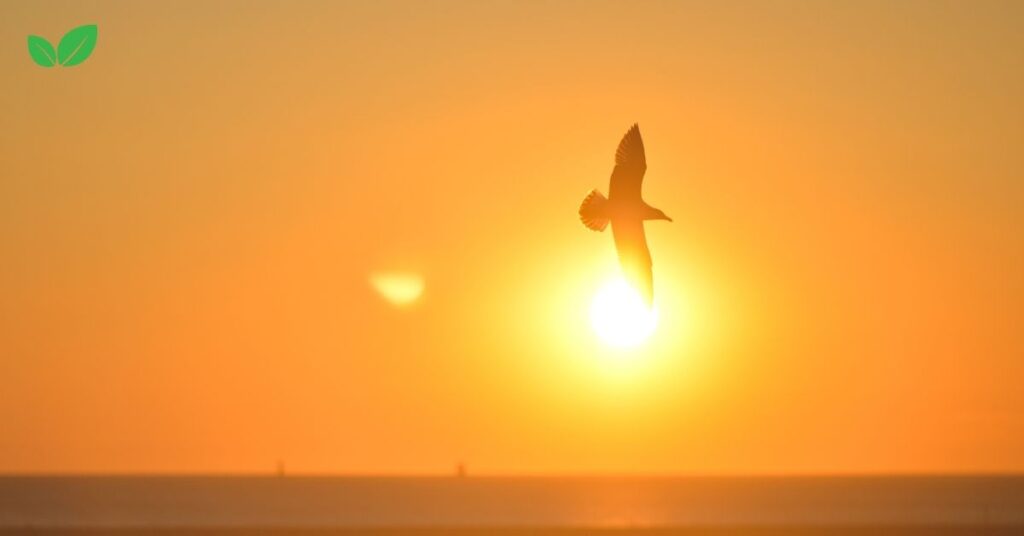
Habitat Loss and Urbanization
As human populations expand, seagulls face increasing pressure from habitat loss and urbanization. Coastal development, particularly the construction of resorts, housing, and industrial areas along shorelines, has reduced the availability of natural nesting sites for many species of them. Seagulls traditionally nest on cliffs, islands, and beaches, but the encroachment of human infrastructure into these areas has forced them to seek alternative nesting sites, such as rooftops or bridges in urban environments.
While some seagull species have adapted to nesting in cities, others have struggled to find suitable habitats, leading to population declines. The destruction of natural habitats, combined with the degradation of coastal ecosystems due to pollution, overfishing, and climate change, has created significant challenges for them.
Climate Change
Climate change poses a growing threat to seagulls and the ecosystems they depend on. Rising sea levels, increased storm frequency, and changing ocean temperatures are altering the coastal and marine environments that they call home. As sea levels rise, low-lying nesting sites, such as beaches and coastal islands, are at risk of being submerged, reducing the available space for breeding colonies.
In addition to habitat loss, climate change is impacting the availability of food for them. Warming ocean temperatures are affecting the distribution of fish populations, with some species migrating to cooler waters further from the coast. This shift in prey availability can force seagulls to travel greater distances in search of food, which can impact their breeding success and survival rates.
In some regions, extreme weather events, such as storms and hurricanes, are becoming more frequent and intense due to climate change. These storms can destroy their nests, wash away eggs and chicks, and disrupt feeding patterns. The cumulative effects of these climate-driven changes are putting increased pressure on seagull populations.
Pollution and Plastic Waste
Pollution, particularly plastic pollution, is a major threat to them. Like many marine birds, seagulls often mistake plastic debris for food, which can lead to ingestion and serious health problems. Ingested plastic can cause blockages in the digestive system, reduce the bird’s ability to absorb nutrients, and ultimately lead to death. Microplastics, which are tiny plastic particles that have broken down from larger debris, are also entering the marine food web, posing a long-term threat to seagull populations and other marine life.
Oil spills and chemical pollutants also threaten seagulls by contaminating their feeding grounds and nesting sites. Oil can coat seagulls’ feathers, reducing their waterproofing and insulating properties, which can lead to hypothermia or drowning. Chemical pollutants can accumulate in the bodies of seagulls and their prey, leading to long-term health effects, including reduced reproductive success and increased mortality.
Overfishing and Food Scarcity
Overfishing of marine ecosystems is another challenge for them, particularly those that rely heavily on fish as a food source. As commercial fisheries deplete fish populations, they may struggle to find enough food to sustain themselves and their chicks. This is especially problematic during the breeding season when adult seagulls need to catch large amounts of fish to feed their growing young.
In some regions, the competition for fish between humans and seagulls has intensified as fish stocks have declined. They may turn to alternative food sources, such as garbage dumps or landfills, but these food sources are often less nutritious and can expose the birds to disease or contaminants.
Conservation Efforts for Seagulls
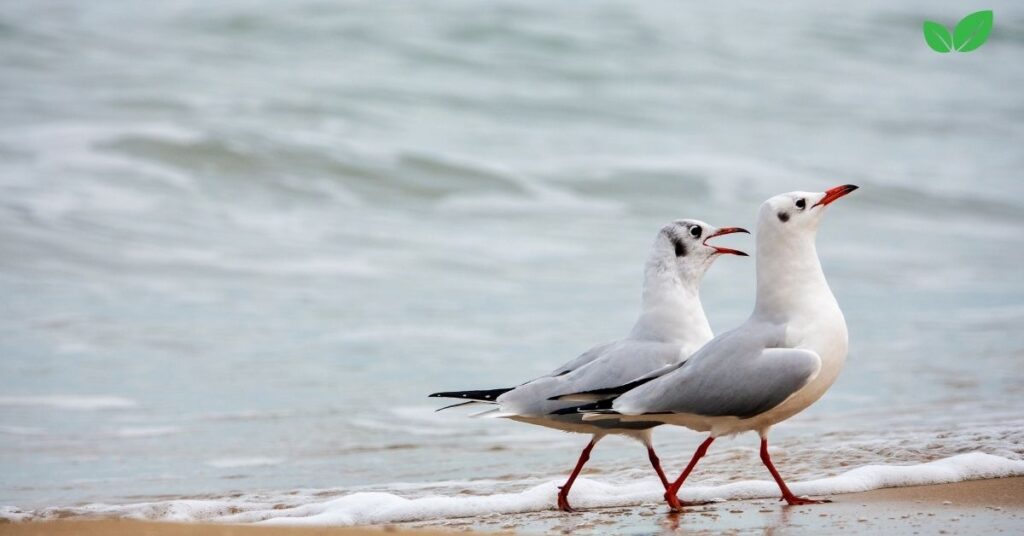
Protected Areas and Marine Reserves
One of the most effective ways to conserve seagull populations is through the establishment of protected areas and marine reserves. These protected areas provide safe nesting sites for seagulls, where human activity is restricted, and ecosystems are allowed to thrive. By preserving natural coastal habitats, marine reserves help ensure that seagulls have access to food, shelter, and breeding grounds.
In addition to protecting nesting sites, marine reserves can help regulate fishing activities, reducing the impact of overfishing on seagull populations. By maintaining healthy fish stocks within these protected areas, they have a reliable food source, which supports their breeding success and overall population health.
Pollution Control and Waste Management
Reducing pollution, particularly plastic waste, is critical for the conservation of seagulls and other marine life. Governments, environmental organizations, and communities are working to reduce the amount of plastic entering the ocean through policies such as banning single-use plastics, improving waste management systems, and promoting recycling.
Beach clean-up initiatives and efforts to reduce marine debris can also help mitigate the impact of plastic pollution on their populations. By removing plastic waste from the environment, these efforts reduce the likelihood that them will ingest harmful materials or become entangled in debris.
Pollution control measures, such as stricter regulations on industrial waste and oil spills, are essential for protecting seagulls’ feeding and nesting habitats. By preventing contamination of coastal ecosystems, these measures help preserve the health of their populations and the broader marine environment.
Research and Monitoring
Ongoing research and monitoring are essential for understanding their populations and the challenges they face. Scientists use tracking devices, such as GPS tags and data loggers, to study the movements and behavior of seagulls, providing valuable insights into their feeding patterns, migration routes, and interactions with human activity.
Monitoring programs also help assess the health of seagull populations by tracking breeding success, population trends, and the impact of environmental changes. This data is crucial for informing conservation strategies and ensuring that efforts to protect them are effective and targeted.
Public Awareness and Community Engagement
Raising public awareness about the ecological importance of seagulls and the threats they face is key to promoting their conservation. Educational campaigns, wildlife tours, and community engagement programs can help people understand the role that seagulls play in ecosystems and the need to protect their habitats.
In coastal communities, fostering a sense of stewardship for seagulls and other marine wildlife can lead to more sustainable practices, such as reducing litter, supporting habitat conservation, and minimizing disturbances to nesting sites. By involving local communities in conservation efforts, these initiatives can create lasting benefits for seagulls and the ecosystems they inhabit.
The Future of Seagulls in a Changing World
The future of seagulls depends on our ability to address the environmental challenges they face. As climate change, pollution, and habitat loss continue to impact coastal and urban ecosystems, seagulls will need to adapt to rapidly changing conditions. However, with effective conservation strategies, including habitat protection, pollution control, and sustainable fishing practices, it is possible to safeguard seagull populations for the future.
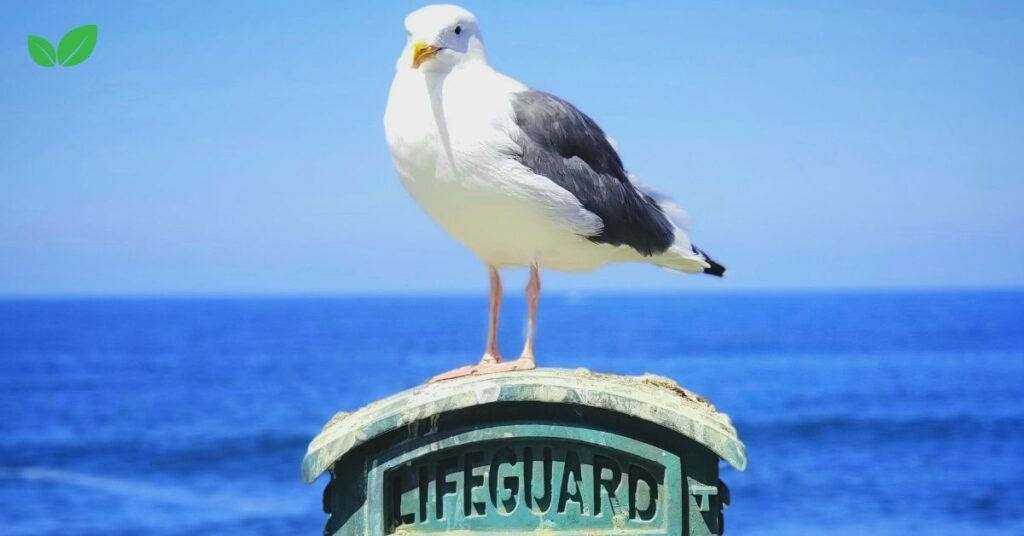
Seagulls are remarkable examples of adaptability and resilience in the face of environmental pressures. Their ability to thrive in diverse ecosystems, from remote coastal cliffs to bustling cities, highlights their importance as a keystone species in both marine and urban environments. By understanding and protecting their ecological niche, we can ensure that seagulls continue to play their vital role in maintaining the health and balance of the ecosystems they inhabit.
Conclusion
Seagulls are more than just familiar coastal and urban birds; they are integral components of the ecosystems they inhabit. As predators, scavengers, and nutrient cyclers, seagulls help maintain the health of coastal and marine environments, while their adaptability allows them to thrive in diverse habitats. However, like many species, seagulls face significant challenges from habitat loss, climate change, pollution, and human-wildlife conflict.
Read More: Penguin Names: Understanding Species, Habitats, and Ecological Importance

